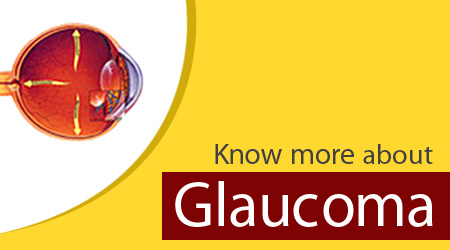Everything You Want To Know About Cataract
DO YOU FEEL LIKE YOU OR ANY OF YOUR FAMILY MEMBERS DISPLAY ANY OF THE SYMPTOMS, LIKE-
- Poor night vision
- A painless blurring of vision
- Changes in the way you see colors
- Difficulty seeing at night.
- Difficulty in identifying faces from a distance
If you feel so, read this blog to get all information about Cataract.
QUESTIONS ANSWERED IN THIS ARTICLE :
- What is cataract?
- How can you identify the symptoms of cataract?
- How can you treat your cataracts?
- What could happen if you do not have the surgery?
- What are the different types of surgery?
Cataract or Motibindu is a clouding of the lens inside the eye which is normally supposed to be clear.A cataract can develop in one or both eyes and is most often caused by our body’s natural aging process, although it can be the result of heredity or injury as well. Therefore, generally people above the age of 40 are more susceptible to this treatable disease.
Our eyes contain a lens which helps us to see. As we grow old, the natural lens becomes harder and loses its natural flexibility to focus on things at varying distances and this creates vision problems. Eventually, the lens turns cloudy and your natural lens becomes like a window that is frosted or yellowed.
HOW CAN YOU IDENTIFY THE SYMPTOMS OF CATARACT?
- A painless blurring of vision: Cataract leads to blurred, fuzzy and hazy vision while normal vision ensures crisp, clear well-defined images.
- Light sensitivity: Cataract leads to reduced light sensitivity resulting in glare and undefined images.
- Double vision in one eye: Cataract may lead to double vision in one eye, resulting in difficulty while driving and doing other day to day activities.
- Poor night vision
- Changes in the way you see colors
- Glare in front of eyes while driving
- Difficulty in identifying faces from a distance
WHAT TREATMENT OPTIONS ARE AVAILABLE?
Cataract generally worsens over time. Leaving a cataract untreated will not threaten your vision immediately; however, it can slowly disable your eyes until you have little vision left. In the worst case scenario, untreated cataract can damage the optic nerve of your eye.
WHAT ARE THE DIFFERENT TYPES OF SURGERY?
Currently, the most frequently used techniques to remove a cataract are:
Micro Phacoemulsification (MICS)
Femto assisted cataract surgery (FLACS)
Dr. Jai Kelkar
(D.N.B.,DOMS,FCPS)
Get advice from our expert ophthalmologist at NIO Eye Clinic Aundh, Pune on any eye health-related issue such as cataract surgery, glaucoma treatment, child eye care, refractive surgery, low vision and more. It is in your best interest to consult an eye specialist in person for immediate treatment. Simply fill up the form below and we will reach out to you soon



